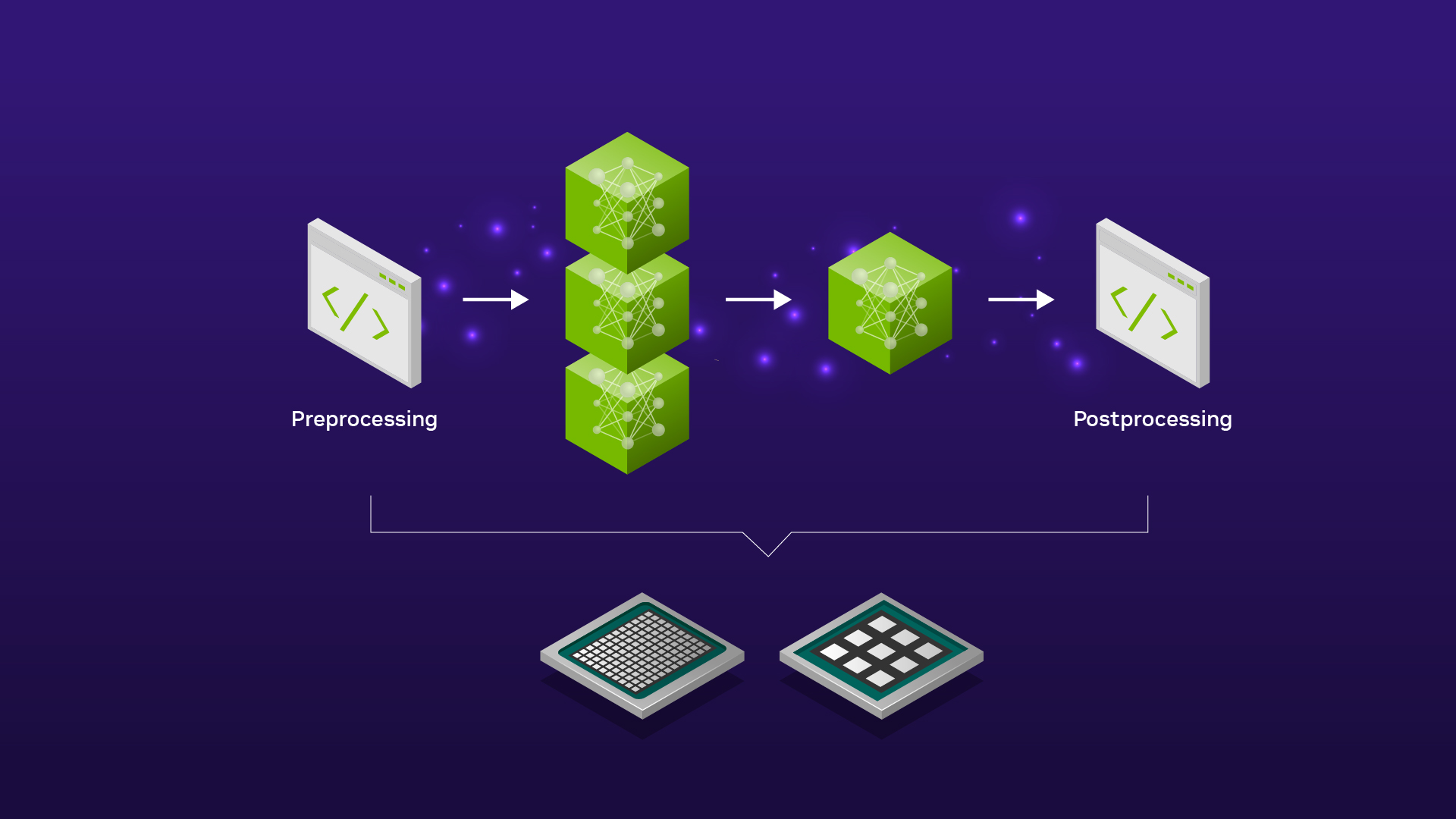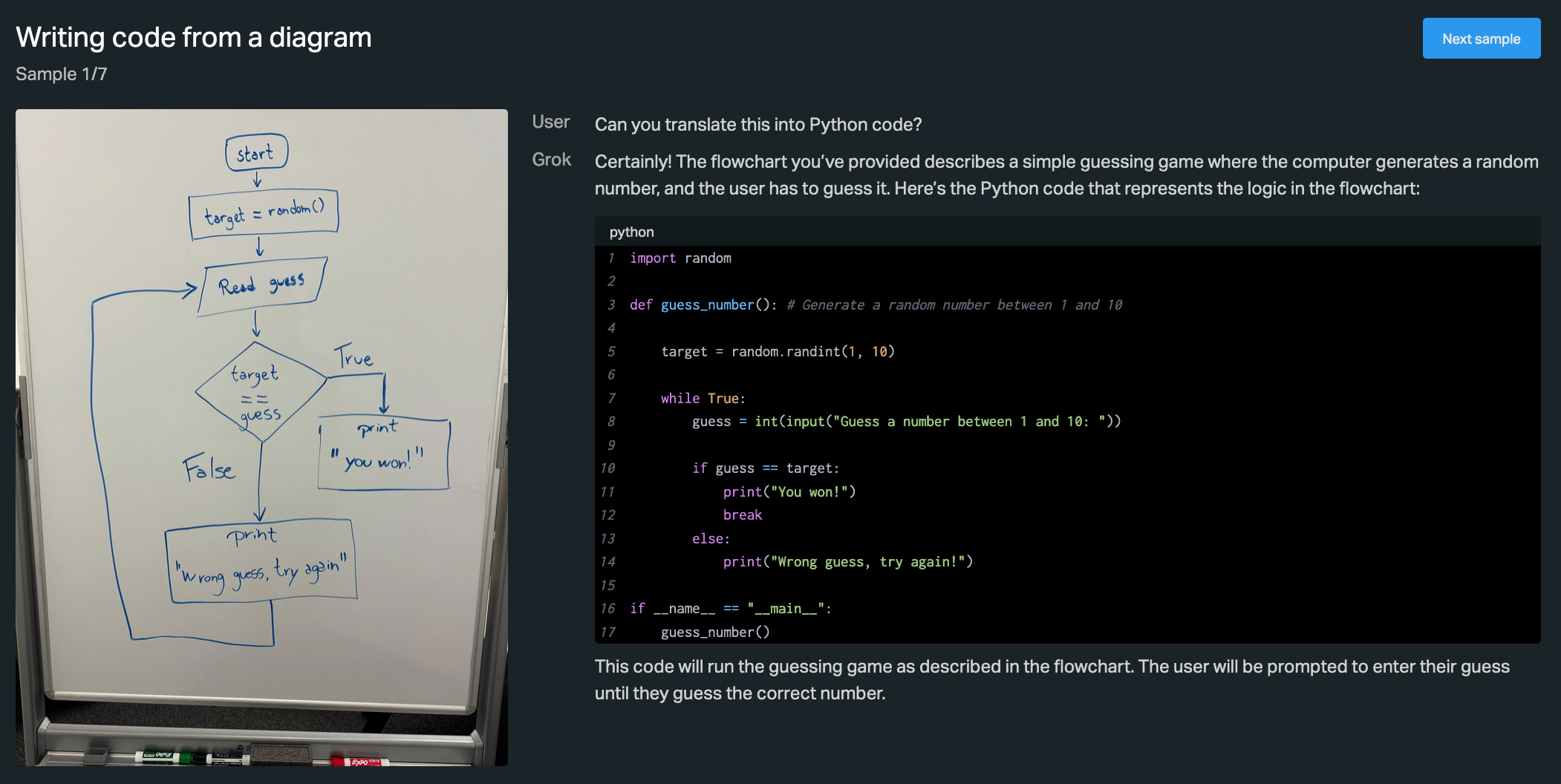AI-Powered Crypto Drain: Malicious npm Package Targets Solana Wallets

AI-Powered Crypto Drain: Malicious npm Package Targets Solana Wallets
The rise of artificial intelligence has brought many benefits to software development, but it has also opened new doors for malicious actors. Recently, a new threat has emerged: AI-generated malicious npm packages designed to drain cryptocurrency wallets. This article delves into a recent incident involving such a package, its impact, and how developers can protect themselves.

60 malicious npm packages caught mapping developer networks
The @kodane/patch-manager Incident
In late July 2025, security researchers discovered a malicious npm package named @kodane/patch-manager. This package, generated using artificial intelligence, contained a sophisticated cryptocurrency wallet drainer. It specifically targeted Solana wallets, and unfortunately, it was downloaded over 1,500 times before being taken down.
The attack worked by injecting malicious code into projects that used the package. This code would then attempt to steal the user's Solana wallet private keys, allowing the attacker to drain the wallet of its funds. The use of AI in creating this package is particularly concerning because it suggests that attackers are leveraging AI to automate the creation and distribution of malware.
How AI Facilitates Malicious Packages
AI can be used in several ways to create and distribute malicious npm packages:
- Code Generation: AI can generate malicious code snippets or entire packages, making it easier for attackers to create malware.
- Obfuscation: AI can be used to obfuscate code, making it more difficult for security researchers to detect malicious behavior.
- Social Engineering: AI can generate realistic-looking documentation and descriptions for malicious packages, making them more likely to be downloaded by unsuspecting developers.
- Distribution: AI can automate the process of publishing and distributing malicious packages to npm.
In the case of @kodane/patch-manager, the liberal use of emojis in the code was a telltale sign that it was likely AI-generated. This highlights the importance of carefully inspecting the code and documentation of any npm package before installing it.
Protecting Yourself from Malicious npm Packages
Here are some steps you can take to protect yourself from malicious npm packages:
- Carefully Inspect Packages: Before installing a package, review its code, documentation, and dependencies. Look for any suspicious code or behavior.
- Use a Package Scanner: Use a package scanner to automatically detect known vulnerabilities and malicious code in npm packages.
- Check Package Popularity and Reputation: Be wary of packages with low download counts or negative reviews.
- Use a Dependency Management Tool: Use a dependency management tool like npm or yarn to manage your project's dependencies and ensure that you are using the latest versions of your packages.
- Implement Security Policies: Enforce security policies that restrict the use of untrusted packages in your organization.
- Monitor Your Dependencies: Regularly monitor your project's dependencies for new vulnerabilities and security updates.
Key Takeaways
The @kodane/patch-manager incident serves as a stark reminder of the growing threat of AI-generated malware. By understanding how AI can be used to create malicious packages and by taking proactive steps to protect themselves, developers can significantly reduce their risk of falling victim to these attacks. Staying vigilant and employing robust security practices are crucial in the evolving landscape of software supply chain security.





